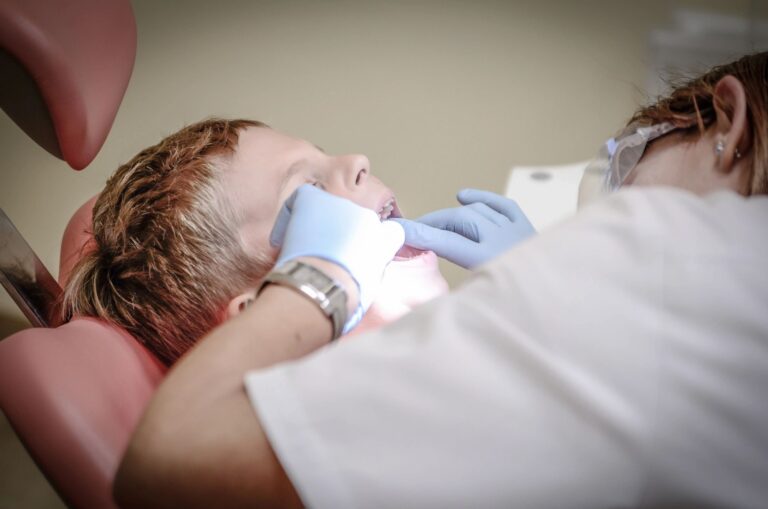Cleft Lip and Palate
A cleft lip and palate are congenital conditions that involve the incomplete development of the upper lip and the roof of the mouth (palate) during fetal development. These conditions can occur separately or together and are typically present at birth. Here’s an overview of cleft lip and palate:
Cleft Lip:
- Definition:
- A cleft lip is a congenital condition where there is an opening or gap in the upper lip, often extending from the lip’s edge to the nose.
- Cleft lips can vary in severity, ranging from a small notch to a larger, more noticeable gap.
- Causes:
- Cleft lips develop during early pregnancy when the tissue that forms the upper lip does not fully come together.
- Genetic and environmental factors may contribute to the development of cleft lips.
- Treatment:
- Surgical repair is typically performed to close the cleft lip when the child is a few months old, usually between 2 to 6 months of age.
- Multiple surgeries may be needed as the child grows to improve appearance and function.
- Speech therapy, orthodontic treatment, and dental care may also be required as the child gets older.
Cleft Palate:
- Definition:
- A cleft palate is a congenital condition where there is an opening or gap in the roof of the mouth (palate).
- Cleft palates can vary in severity, ranging from a small gap in the back of the mouth to a larger, more extensive opening that extends to the front of the palate.
- Causes:
- Cleft palates occur during fetal development when the tissues that form the palate fail to come together properly.
- Like cleft lips, both genetic and environmental factors may play a role in the development of cleft palates.
- Treatment:
- Surgical repair of a cleft palate is usually performed when the child is a few months old, typically between 6 to 12 months of age.
- Additional surgeries may be required as the child grows to improve speech and other functions.
- Speech therapy, orthodontic treatment, and dental care are often part of the long-term treatment plan.
Challenges and Complications:
- Children with cleft lips and palates may face challenges related to feeding, speech development, and dental and orthodontic issues.
- They may require specialized care from a multidisciplinary team of healthcare professionals, including pediatricians, surgeons, speech therapists, orthodontists, and dentists.
- Early intervention and ongoing care can help address these challenges and complications effectively.
Prognosis:
- With appropriate medical care and support, children born with cleft lips and palates can lead healthy, fulfilling lives.
- Advances in surgical techniques and treatments have significantly improved the outcomes for individuals with these conditions.
Parents and caregivers of children with cleft lips and palates should work closely with healthcare professionals to create a comprehensive treatment plan tailored to the child’s specific needs. Early intervention and ongoing care are crucial to ensuring the child’s overall well-being and quality of life.
------------From our Sponsors------------









